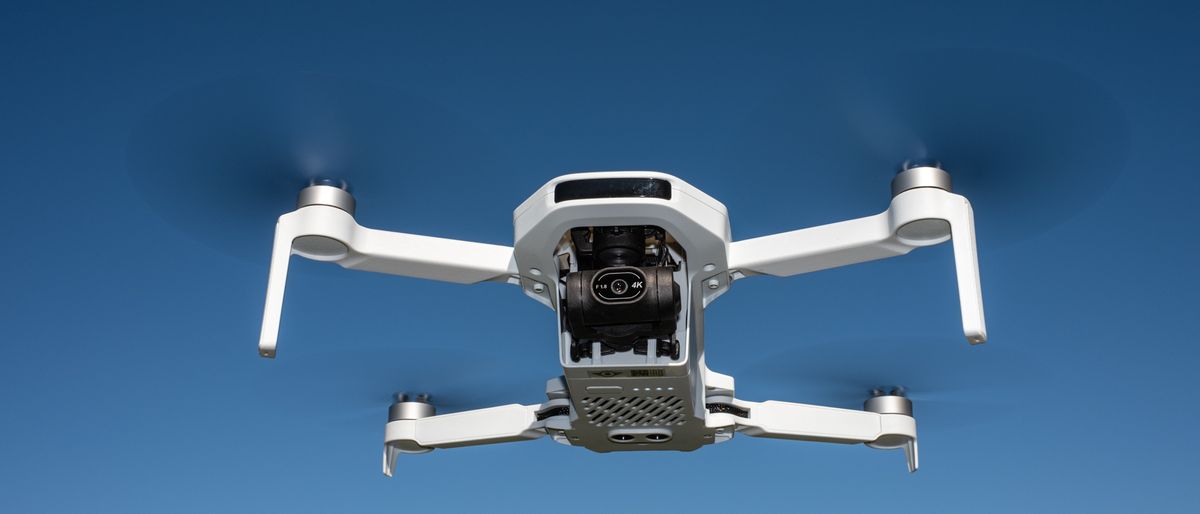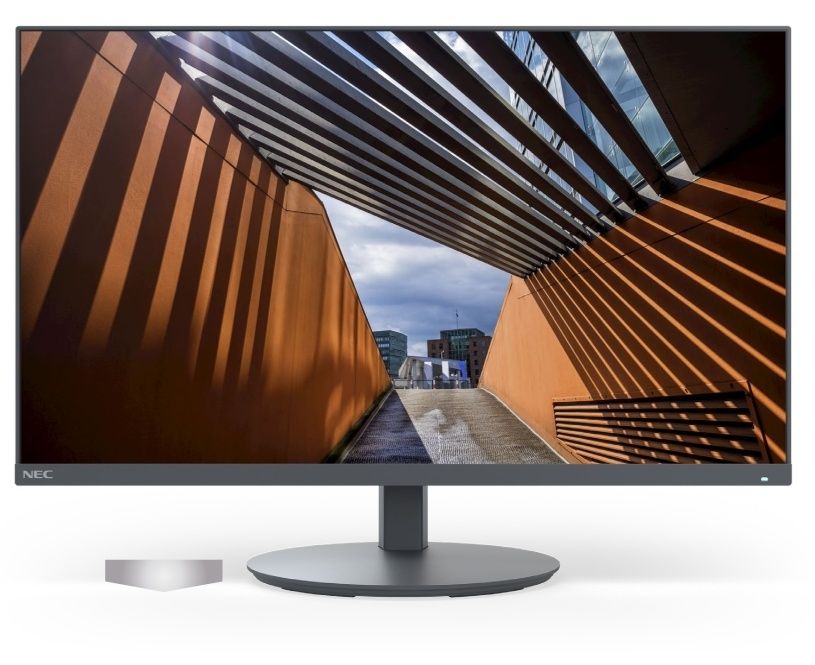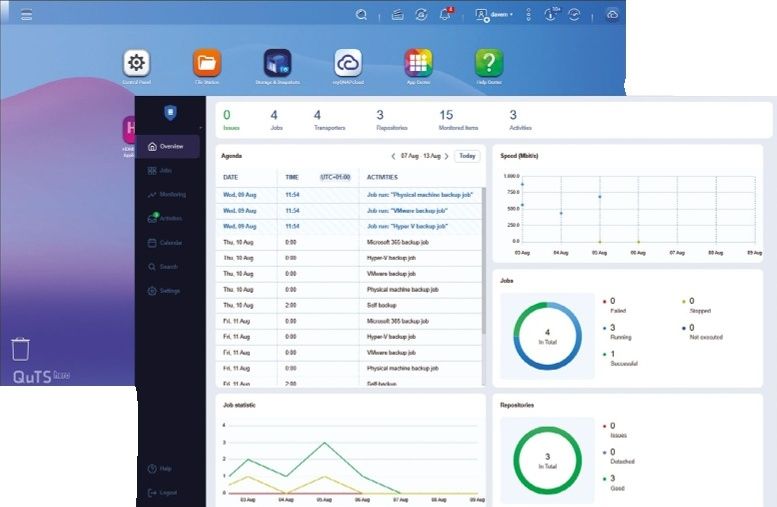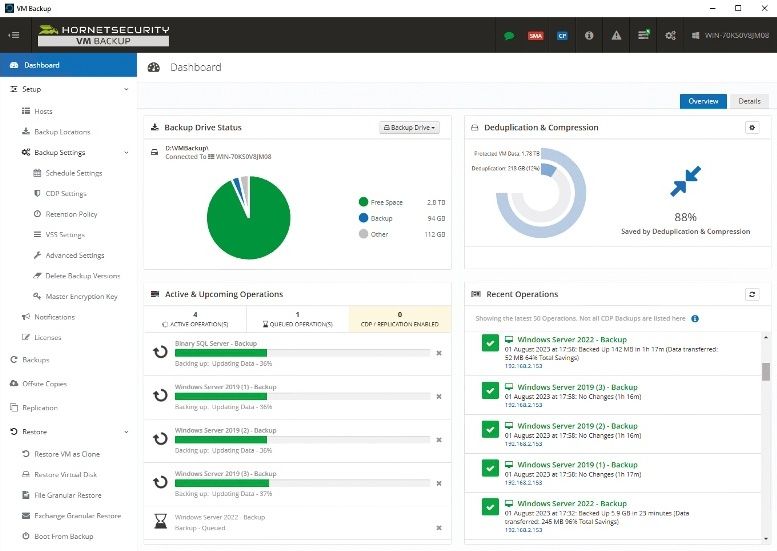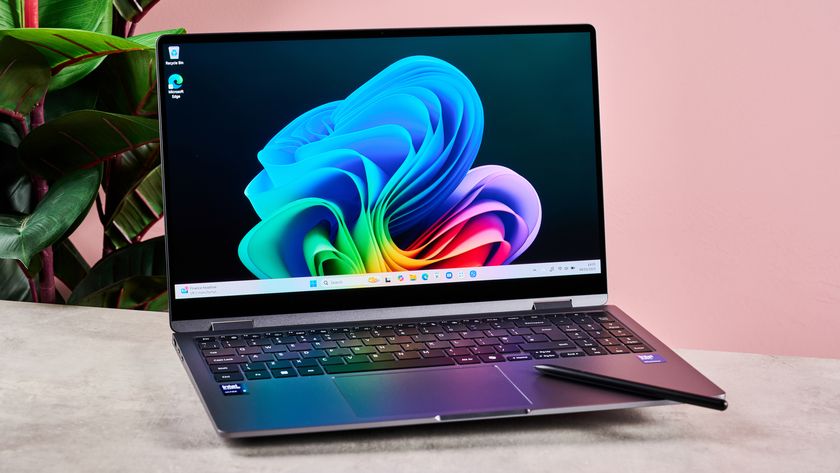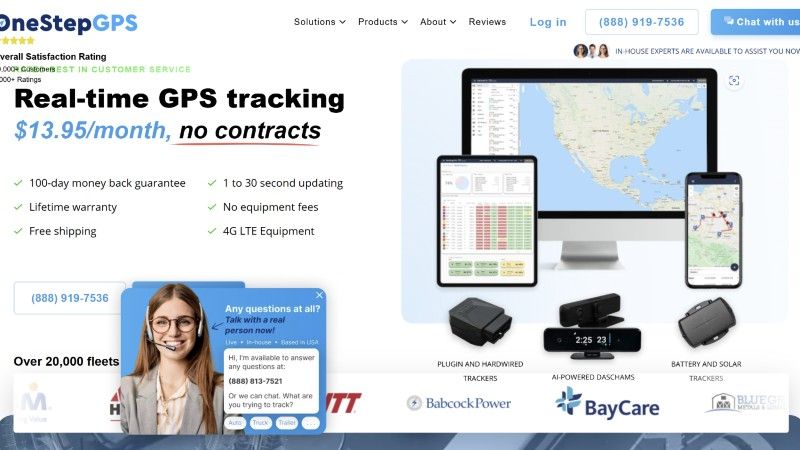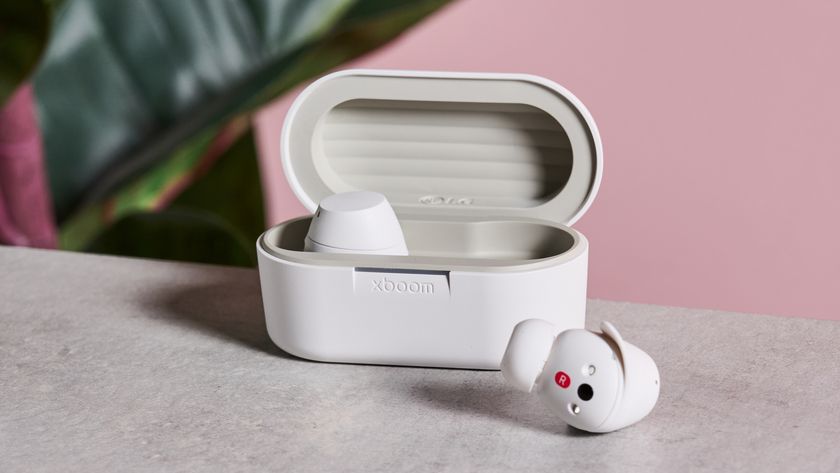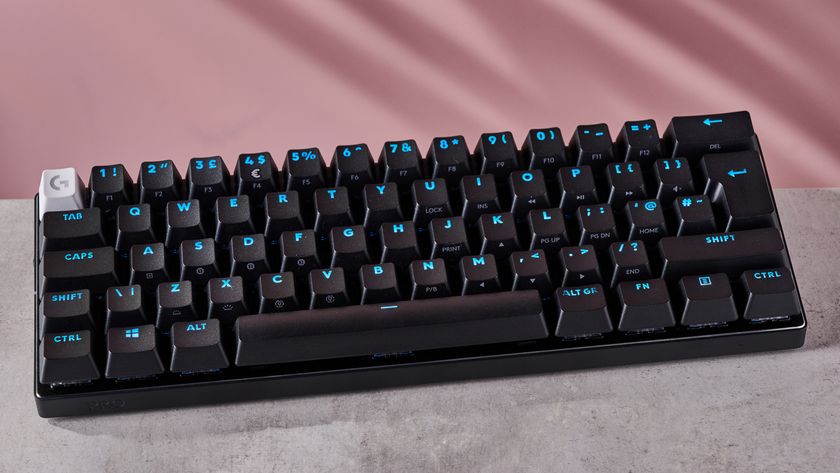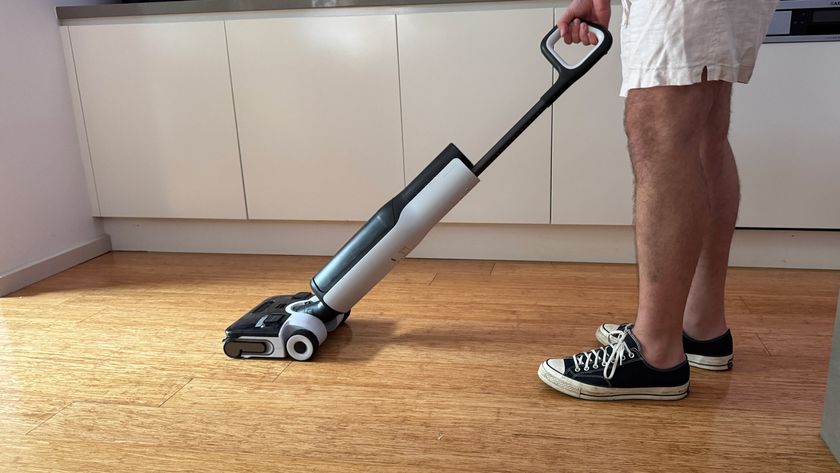TechRadar Verdict
The Potensic Atom 2 doesn't introduce anything new in terms of features or design, but it does deliver solid performance across the board. Image quality is good overall, and the subject-tracking features are effective despite this not being a selfie drone. There are a few quirks that can hopefully be ironed out with firmware updates, including 48MP photos being captured in JPEG format only, and the absence of a histogram for the camera, but overall the Atom 2 is one of the best DJI alternatives available.
Pros
- +
Fast and powerful
- +
Excellent build and features
- +
Good subject tracking
Cons
- -
Not all features available at launch
- -
48MP/8K photos in JPEG only
- -
No histogram for exposure
Why you can trust TechRadar
Potensic Atom 2: one-minute review
Potensic has carved itself a strong reputation in the sub-250g drone category with the release of the Atom SE and Atom drones in recent years. The Potensic Atom 2 is now available, with this latest model taking the coveted title of best sub-250g DJI alternative. It's not perfect – few drones are – but it's an enticing drone for beginners, enthusiasts and more advanced pilots alike.
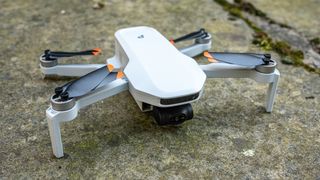
Given the features on offer, and what's to come in firmware updates – more on those later – the Atom 2 will sit somewhere between the DJI Mini 3 and the DJI Mini 4 Pro, which is an impressive achievement, especially when the Standard Kit costs just $330 / £300 / AU$580. This makes it only just a little more expensive than the entry-level DJI Mini 4K, making it a strong contender for our best drones guide.
The Atom 2 lets you capture video up to 4K at up to 30fps, in Normal and HDR color profiles; there's also slow-motion video and timelapse capture. Photos can be captured in raw and JPEG, while the camera offers both automatic and manual control. There are also AI Quickshots and AI Track for subject tracking. These features are just the tip of the iceberg, and with great flight performance to boot the Atom 2 is a solid option for many pilots.
Potensic Atom 2: release date and price
- Announced February 2025
- The Standard Kit costs $330 / £300 / AU$580
- The Fly More Bundle costs $430 / £400 /AU$785
The Potensic Atom 2 was announced in February 2025, and is available to purchase directly from the Potensic website and Amazon. The drone is reasonably priced considering the features and functionality on offer and will compete directly with other sub-250g models including the DJI Mini 4K, DJI Mini 3 and the Holy Stone HS900, although it exceeds all three in some areas.
The Atom 2 is available in two kits, with the Atom 2 Standard Kit costing $330 / £300 / AU$580 and comprising the drone, controller, one battery, two sets of spare propellers, phone cables and other accessories.
The Atom 2 Fly More Combo includes all of the above plus two additional batteries, a fast-charging hub, a shoulder bag and two extra sets of spare propellers for $430 / £400 /AU$785. This kit offers excellent value for money.
- Price score: 5/5
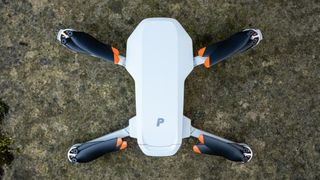
Potensic Atom 2: specs
Camera: | 12MP/48MP Sony 1/2-inch sensor |
Video resolution: | Up to 4K |
Frame rates: | 4K up to 30fps / 2.7K up to 30fps/ FHD up to 30fps / FHD slow motion up to 5x |
Video transmission range: | 6.2 miles |
Flight modes: | Video, Normal, Sport |
Battery: | 2,230mAh Li-ion / up to 32 minutes flight time |
Charger type: | USB-C / fast-charging hub |
Weight: | 9oz / 249g |
Dimensions: | 5.63 x 3.46 x 2.28 inches / 143 x 88 x 58mm folded; 8.3 x 5.98 x 2.28 inches / 210 x 152 x 58mm unfolded |
Potensic Atom 2: design and handling
- Folding sub-250g design
- Solid build quality
- Excellent controller
With the exception of the DJI Neo, DJI Flip and the HoverAir X1 models, drone design has remained relatively unchanged for years, which is no bad thing – if it isn’t broken, why fix it? The Potensic Atom 2 makes no bold statements in terms of design with its light gray airframe and folding propeller arms, but it is solidly made. Its dimensions extend from a palm-sized 5.63 x 3.46 x 2.28 inches / 143 x 88 x 58mm when folded to 8.3 x 5.98 x 2.28 inches / 210 x 152 x 58mm unfolded.
The main difference with the Atom 2 design-wise is that Potensic claims the new propellers are 40% quieter, and they undoubtedly appear to be quieter, with a lower pitch hum during flights, rather than the higher-pitch whirr we're used to with smaller drones like this.
There's also a green flashing LED on the rear of the drone that's visible over long distances, so it may be bright enough for night flying. Drone strobes must be visible at three miles in the US for night flights, but this distance couldn’t be legally tested.
The only other notable external aspects of the drone are the 3-axis mechanical gimbal, which can be tilted between -90 and +20 degrees so the camera can look up slightly as well as straight down. Plus, there's a basic downward vision system, although I didn’t notice this doing anything when flying low to the ground with an undulating surface. As you'd expect for the price, there's no collision avoidance.









The controller follows the same design as the controller for the Atom and Atom SE, but has been upgraded and now features a directional antenna that helps maintain a control and video-transmission distance of up to 6.2 miles. During testing, there was occasionally some pixelation and stutter of the video feed, but ensuring the antenna was facing the direction of the drone alleviated this.
Moving back to the design, the controller holds your smartphone between the two comfortable handgrips that extend outwards to insert and then grip the phone. This makes the whole package look more like a smart controller, and the positioning of the phone in the centre between the controllers is much more comfortable than a top-heavy top-mounted phone.
There are six direct-access controls for accessing commonly used functions including the gimbal tilt, digital zoom, a shutter button and a Return to Home button. The two remaining buttons are set to switch the gimbal angle between 0 and -90 degrees and to change the flight mode by default. These two buttons are customizable if you'd like to change them, while the control-stick modes and stick sensitivity are also customizable.
- Design score: 4/5
Potensic Atom 2: features and performance
- Level 5 wind resistance
- AI subject tracking
- AI Quickshots
The Atom 2 is a fantastic flier, with responsive and smooth controls that facilitate seamless maneuvers when capturing video. GPS provides a stable hover, with no drift detected during testing, alongside providing Return to Home functionality which comes with standard RTH functionality and a new smart version.
Dynamic Home Point, when enabled, brings the drone back to the controller location rather than the take-off point when Return to Home is initiated. This may not sound like much, but it's an incredibly useful feature because it's sometimes useful to walk along behind drones during flight to maintain visual line of sight and to help with the performing of precise maneuvers.
This may be a small and lightweight drone, but the Atom 2 offers Level 5 wind resistance, which equates to speeds of up to 23.6mph. Flight modes include Video, Normal and Sport, with Sport mode offering a top speed of 35.8mph, while Video is for slower and smoother flight. There's also built-in Remote ID, which will be a welcome feature for US-based pilots.
Subject tracking is a feature that's becoming increasingly important and popular. It's been around for a while, but the introduction of AI in drones has made it more effective than ever before. The Atom 2 isn’t a selfie drone by any means, but its AI Track options for subject tracking include AI Spotlight, AI Follow and AI Parallel. These all work incredibly well.
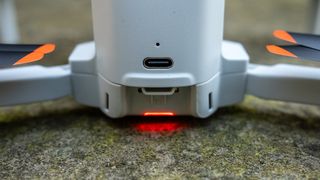
Then there's AI Quickshots, which includes Pull-Away, Spiral, Rocket, Circle, Boomerang and Dolly Zoom. All of these perform well, and most create professional-looking videos.
Dolly Zoom produces a great effect, thanks to combining the digital zoom with flying backwards, but it's not perfect. At the end of the dolly zoom, when the digital zoom is at its maximum, image quality is noticeably reduced, and while it's still a fun feature, it's not for professional use.
All of these effects can be applied to human subjects and inanimate objects simply by drawing around the desired subject in the Potensic Eve app.
Flight times are advertised as being up to 32 minutes per battery, but during testing the batteries typically lasted around 22 minutes before Return to Home was suggested by the drone at 15% battery level. This isn’t too bad, but it does make the Fly More Combo with three batteries and a fast-charging hub an attractive option. The fast-charging hub is claimed to be able to charge three batteries at once in 1.3 hours, and in my experience it was faster with batteries at a 15-30% charge.
Other features pilots will find useful are the Interval Timer for timelapse capture, and Cruise Control. There's also SmartTransfer, which enables you to transfer media files to your phone at speeds of up to 25MB/s. This makes it easier to share photos and videos directly to social media if you like to do this on the go.
- Performance score: 4/5
Potensic Atom 2: image and video quality
- 1/2-inch sensor
- Fixed focus 26mm f/1.8 lens
- 4K video and 12MP Raw photos
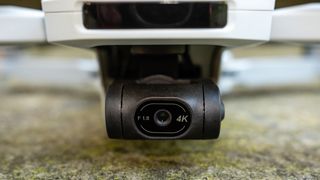
The Atom 2 camera is an improvement on the Atom with improved image quality and additional features, but before we delve into those, let's take a look at the specs.
The camera features a 12/48MP Sony 1/2 in CMOS sensor with 4-in-1 pixels, which is claimed to reduce noise and enhance low-light performance, although if I'm honest I wasn't overly impressed with low-light performance.
The camera lens provides a 26mm equivalent focal length with a fixed f/1.8 aperture. The lens is fixed-focus from 4m to infinity, relying on hyperfocal focusing to achieve a large depth of field.
When it comes to image quality, sharpness is greatest in the center of the frame, with fall-off towards the edges. There's also some vignetting, and white balance can be inconsistent when using Auto and Manual settings, but this can be easily fixed in Lightroom when shooting raw.
Videos are consistently better quality and don’t suffer from these issues. Strangely, even white balance is more reliable for video capture. Moving back to photos, JPEG processing is heavy with strong and noticeable sharpening applied, so the best image quality will always come from raw files.










You also have the ability to switch between 12MP and 48MP photo capture, but doing so isn’t a straightforward decision when JPEG processing is as it is.
The caveat with 48MP/8K photo capture is that it's only available in JPEG format, and not in raw. This is an odd omission, and one that will hopefully be fixed in a future firmware update, alongside adding a histogram for aiding exposure. You also have the option of 9:16 vertical photo capture, in JPEG only, with file sizes at 1520 x 2704 pixels.
Video can be captured in 4K at 24/25/30fps, 2.7K at 24/25/30fps, FHD at 24/25/30fps, and slow motion FHD at 2/3/4/5x. The maximum video bit rate is 80Mbps, while color profiles currently include Normal and HDR. In a future firmware update, a flat P-Log color profile will be delivered to the Atom 2 for more advanced video capture.
A digital zoom is available at 4K up to 2x, 2.7K up to 3x, and FHD up to 4x. Photos can be zoomed in up to 2x. Image quality reduces but the feature can be useful. Additional photo features include Bracketing, Burst Shooting and Panorama.
The Panorama mode includes Wide Angle, 180 Degree and Vertical options, with Sphere set to be delivered in a future firmware update. Panoramas are stitched in-camera, and saved as JPEGs alongside the constituent images in JPEG format. There's also a Defog mode for shooting in hazy conditions, and an AI Night mode for capturing video at night. The latter reveals more shadow detail at night, but image quality is questionable.
- Image and video quality score: 4/5
Main example video
AI Night video
Potensic Atom 2: testing scorecard
Attributes | Notes | Rating |
|---|---|---|
Price | Reasonably priced for the features on offer | 5/5 |
Design | Standard compact folding design | 4/5 |
Performance | Fast and powerful drone for the size with smooth flight | 4/5 |
Image and video quality | Image quality is good overall, with video being better than photos | 4/5 |
Should I buy the Potensic Atom 2?
Buy it if...
You're on a budget
The Atom 2 is one of the most feature-packed 'mini' drones available for such a competitive price, so you can get a lot of bang for your buck with this drone.
You’re a drone beginner
This is a great drone for beginners, but also one that will meet your needs for years to come. In a nutshell, the Atom 2 won’t require an upgrade any time soon.
You'd like log footage
The P-Log color profile will be delivered in a firmware update, making the Atom 2 one of the least-expensive drones to be able to capture video in a flat Log color profile.
Don't buy it if...
You'd like 48MP raw files
Despite the 48MP sensor, 48MP photos can only be captured in JPEG format, with raw capture available at 12MP. If you want higher-resolution raw files you'll have to look elsewhere.
You'd like a telephoto camera
If you'd like a dual-camera drone with a wide-angle and medium telephoto lens the DJI Air 3S is a great option, albeit much more expensive. The Atom 2 does, however, have a digital zoom.
You need collision avoidance
If you'd like collision avoidance for flying confidently in complex environments, the DJI Min 4 Pro is going to be a much better option for you.
Potensic Atom 2: also consider
The DJI Mini 4K is slightly less expensive than the Potensic Atom 2, and offers similar features at a basic level. It doesn't offer the same subject-tracking, or more advanced features such as an interval timer for capturing timelapse videos, but if you'd like an inexpensive DJI drone capable of capturing 4K video and photos in raw and JPEG formats, it's a great budget option.
Read our in-depth DJI Mini 4K review
How I tested the Potensic Atom 2
- I tested all flight features
- I flew the drone in a range of conditions
- I tested all the camera functions
I tested the Potensic Atom 2 over several days of flying in a range of locations, environments and weather conditions (excluding rain) to test flight performance, flight features, overall handling, and image quality for both photo and video capture. All testing is conducted in a way that meets local aviation laws and restrictions to ensure that all flights are safe and legal.
Drones are always tested using manual flight patterns for videos that are typical of professional aerial video techniques for capturing visually interesting footage. This also provides the opportunity to test variables such as the connection between the drone and controller, latency between the two, and the accuracy of the controls and flight accuracy in general.
First reviewed March 2025
James Abbott is a professional photographer and freelance photography journalist. He contributes articles about photography, cameras and drones to a wide range of magazines and websites where he applies a wealth of experience to testing the latest photographic tech. James is also the author of ‘The Digital Darkroom: The Definitive Guide to Photo Editing’.
You must confirm your public display name before commenting
Please logout and then login again, you will then be prompted to enter your display name.
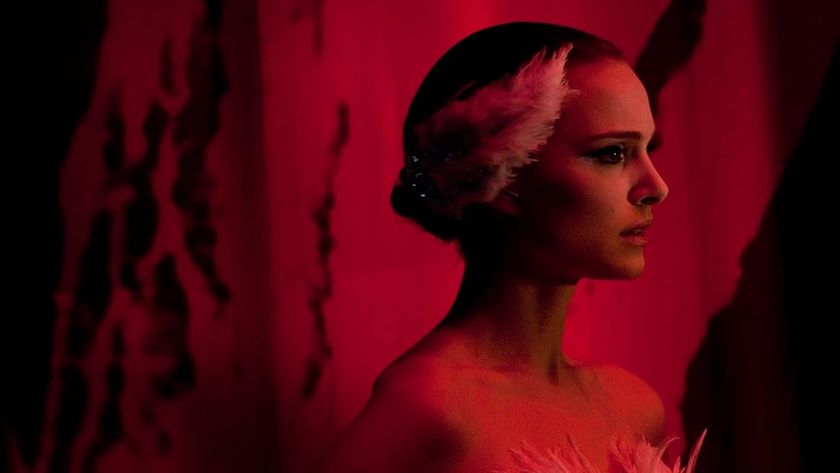
5 of my favorite thriller movies are new to Hulu in April, including one with 91% on Rotten Tomatoes
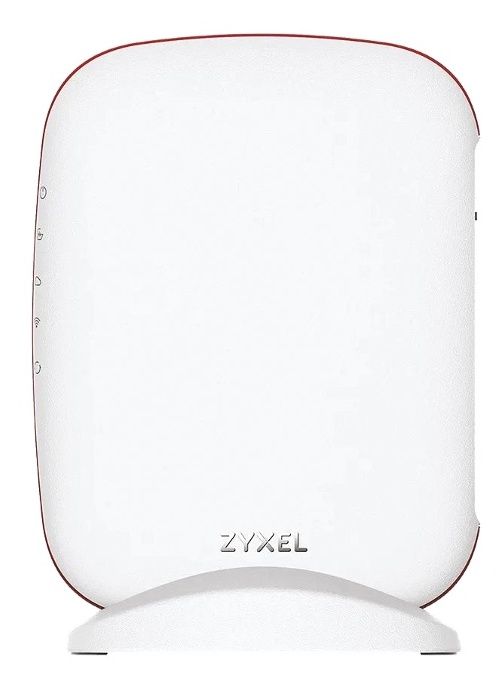
I tested the Zyxel SCR 50AXE - read what I thought of this affordable small office Wi-Fi 6E security router
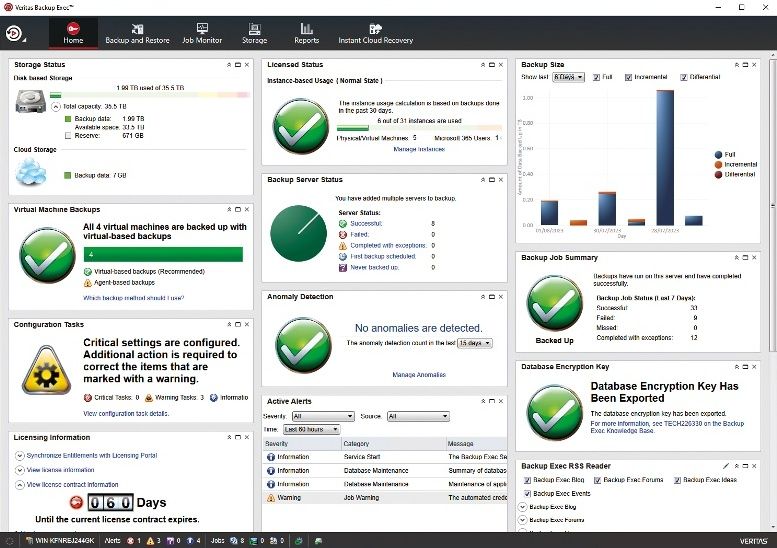
I tried the Veritas Backup Exec 22.2 - see what this backup solution for SMBs is really like
